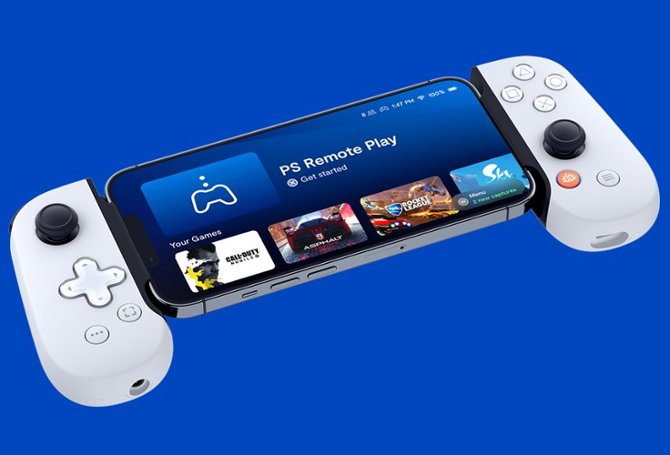In the ever-expanding realm of gaming, the landscape has been significantly transformed by the emergence and evolution of remote gaming devices. These devices, ranging from consoles to handhelds and cloud-based platforms, have not only altered how we play but have redefined the very concept of gaming accessibility and mobility.
At the forefront of remote gaming devices are gaming consoles, which have evolved into sophisticated entertainment hubs. Consoles like the PlayStation and Xbox have become synonymous with high-quality graphics, immersive gameplay, and a vast library of titles. With the ability to connect to the internet, these devices offer an extensive online gaming experience, allowing players to engage with friends and competitors worldwide.
Handheld gaming devices have undergone a remarkable evolution, with portable consoles like the Nintendo Switch blurring the lines between home and on-the-go gaming. The versatility of these devices, which seamlessly transition from a traditional console setup to a portable handheld mode, has revolutionized how gamers experience their favorite titles. The portability factor adds a layer of flexibility, allowing individuals to enjoy gaming in various settings without compromising on the quality of the experience.
Cloud gaming has emerged as a disruptive force, ushering in a new era of remote gaming. Platforms like Google Stadia, NVIDIA GeForce Now, and Xbox Cloud Gaming leverage cloud technology to stream games directly to devices, eliminating the need for powerful hardware. This approach democratizes access to high-end gaming experiences, enabling individuals with modest devices to enjoy graphically intensive games without the need for costly upgrades.
The advent of remote gaming devices has also given rise to a culture of mobile gaming, where smartphones and tablets become gaming platforms in their own right. The ubiquity of these devices has transformed downtime into gaming opportunities, with a plethora of titles available at the touch of a screen. The integration of touch controls, augmented reality, and virtual reality technologies further expands the horizons of mobile gaming, providing immersive experiences on the go.
The rise of remote gaming devices is not merely a technological shift but also a cultural one. The concept of a dedicated gaming space has evolved into a more fluid and dynamic experience. Gamers can seamlessly transition between different devices, picking up where they left off, whether at home, on a commute, or during a break.
However, this transformative landscape is not without its challenges. Issues such as latency, internet speed requirements, and the necessity for a stable connection pose hurdles to the seamless experience promised by cloud gaming platforms. Additionally, concerns regarding the environmental impact of high-performance gaming hardware and the ever-increasing digital divide necessitate a careful consideration of the industry’s trajectory.
As we navigate this new era of gaming, remote gaming devices continue to shape the landscape, offering a diverse array of experiences to a global audience. The lines between traditional gaming platforms are becoming increasingly blurred, paving the way for a more inclusive and accessible gaming future. The journey from living room consoles to handhelds, cloud-based platforms, and mobile devices reflects not only technological advancements but also the evolving expectations and lifestyles of the gaming community.

